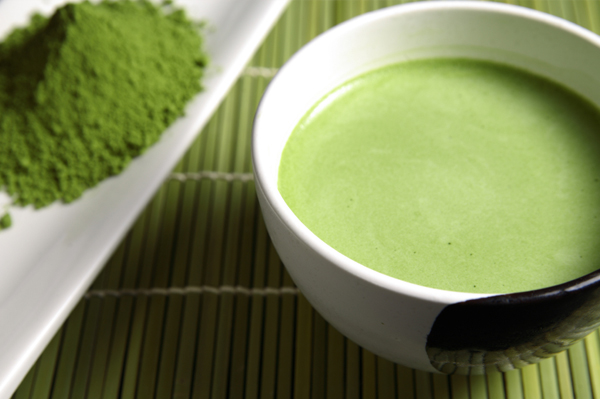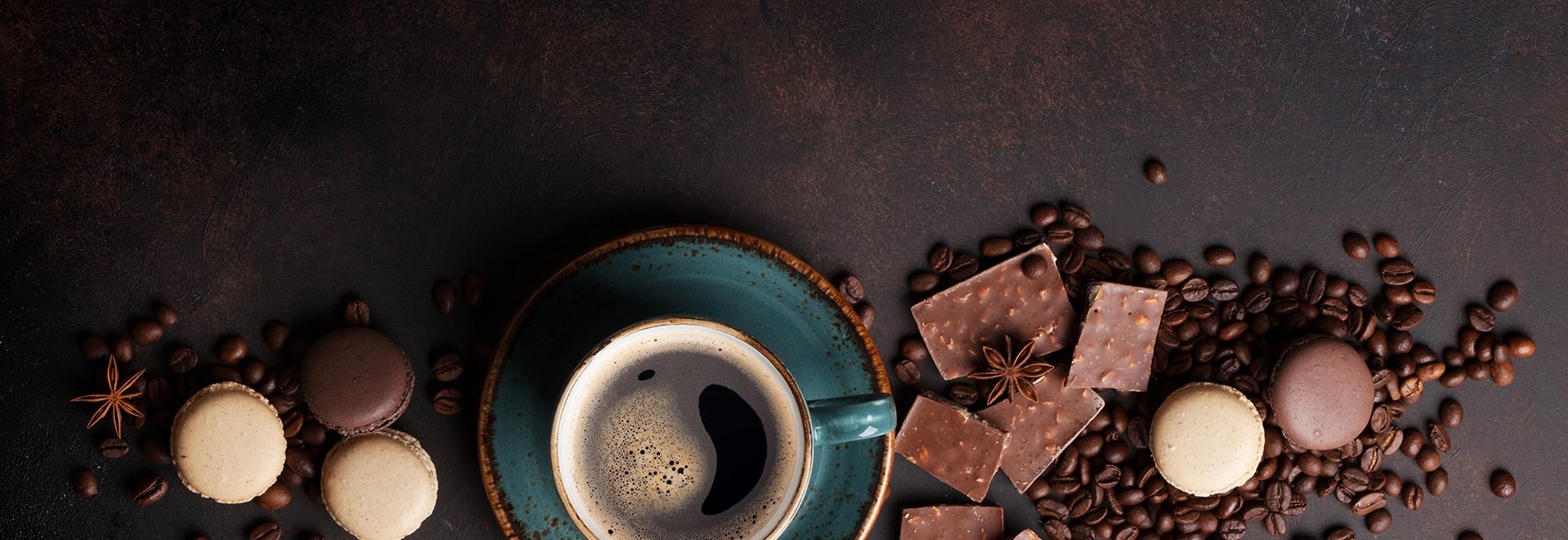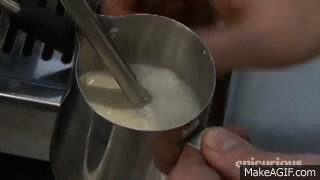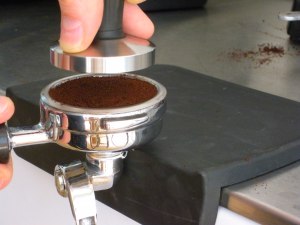
Three Healthy Green Drinks You Can’t Live Without
It’s easy to get lost in the ever changing menu boards of your local café, especially when you’re trying to make a healthy decision. Many options can be tailored to fit your lifestyle’s needs, but end up falling short in the taste category. There are plenty of reasons why we associate green foods with holistic well-being; they often contain a hefty amount of antioxidants, are low in calories, and high in phytonutrients. Well, green drinks are no different, and they won’t taste as leafy as some of their edible companions. Here are three drinks that you may be familiar with, but that are definitely worth giving a second look and taste.
Green Tea
There’s something timeless about green tea. Is it the fact that it has been consumed in China regularly for over 4000 years? Maybe. Green tea is made from the same plant, Camellia sinensis, that black tea comes from; black tea is just oxidized longer. Green tea has 15mg of caffeine per cup, compared to black tea’s 40mg, and coffee’s 85mg. So if you want a kick without the jitters, green tea is the way to go.
Green Tea seems to make headline appearances on a monthly basis, for good reason. Green tea is high catechins–which are crucial antioxidents that prevent cell damage. It improves blood flow, helps block plaques linked to the development of Alzheimer’s, and has been show to prevent heart disease. If weight management is a concern, green tea has no calories or carbs, and the small dose of caffeine has shown to increase the rate of regular drinkers’ metabolisms. There are plenty of flavored green tea options to mix up your routine (pomegranate green is our favorite!).
Matcha
While matcha comes from green tea, there is a crucial difference: with matcha, you drink the entire leaf. Matcha is green tea leaves ground into a refined green dust. Research shows that matcha contains three times the amount of antioxidants found in regular green tea. It is very potent; the samurais of early modern Japan drank it before they went into battle for increased serenity and energy. So, matcha has all of the health benefits of green tea, just intensified.
Match can be mixed with hot water, with steamed milk for a latte, or blended with ice and milk. Some matcha powders are sweetened with cane sugar, so be sure to ask your barista about it before you order. If you’ve ever had green tea ice cream, this powder is what they use for to give that dessert its delectable refreshing flavor.
Maté
Made from the plant Yerba Maté, maté has been a staple drink in South America for over 500 years. It is its own breed of plant, and therefore has its own distinct benefits. Maté contains 196 active health-enhancing compounds, outstripping green tea by fifty two. Maté contains less caffeine than both tea and coffee, while it does boast theobromine. Theobromine is an effective vasodilator, which relaxes the smooth muscle in blood vessels.
This beverage is usually prepared in a gourd with a filtered metal straw, but it can be steeped in a tea bag as well. If your local café is especially forward-thinking, they might even have a chai with maté as a base.
Hopefully these suggestions will help you with your steady café addiction. While you might still order a brevé mocha on occasion, you can choose one of these nutritional powerhouses to balance your diet; green tea, matcha, and maté are all great options. So next time you go to your café to chat with a friend, don’t forget to drink your greens!







